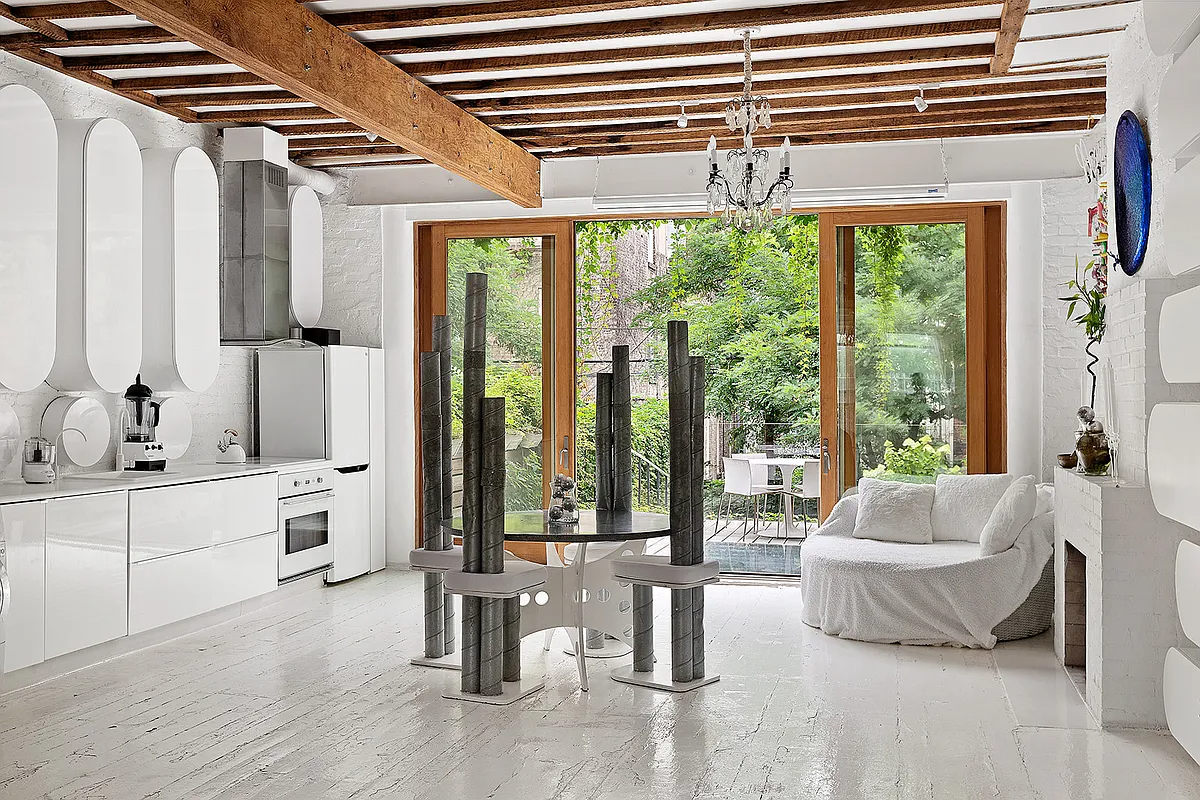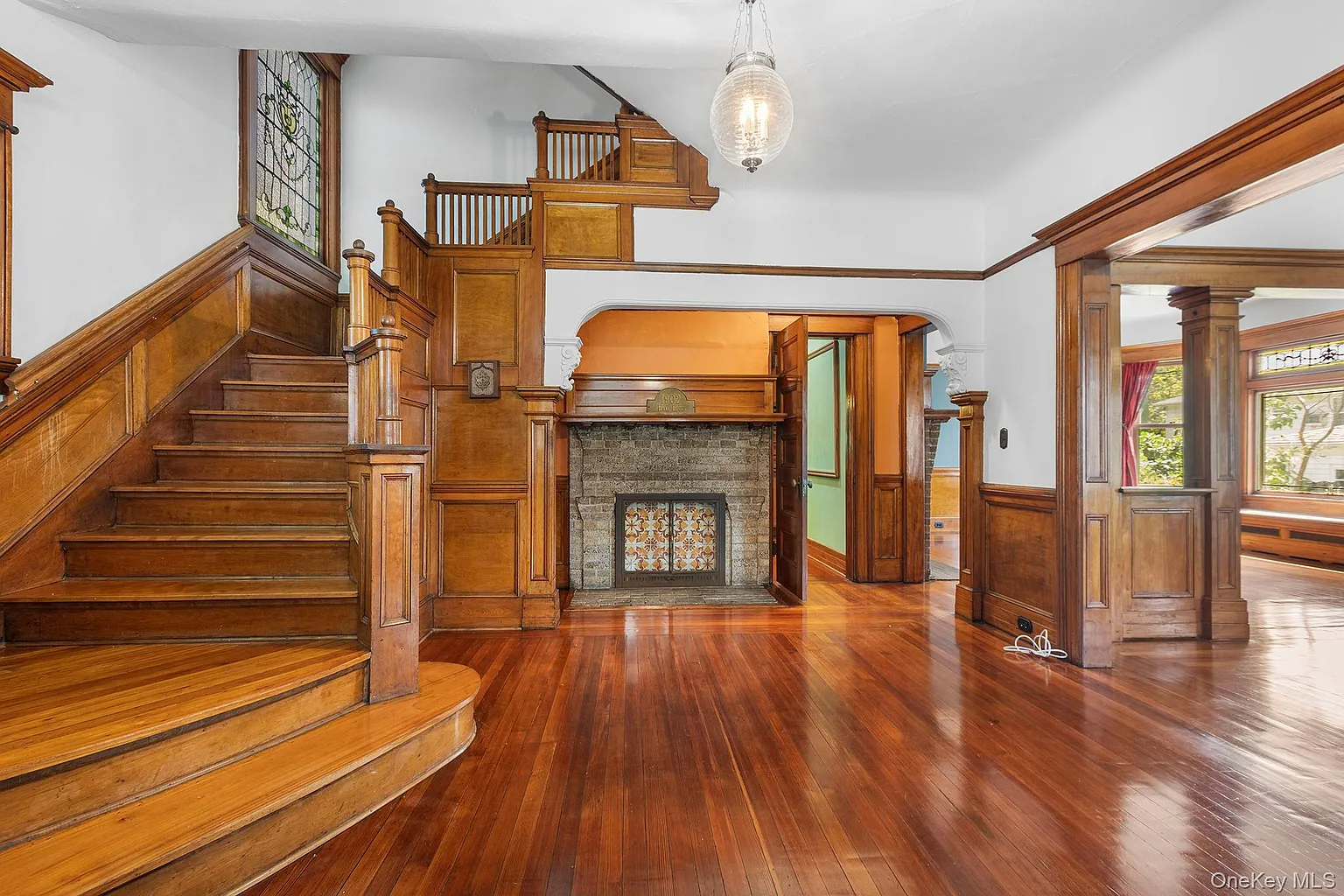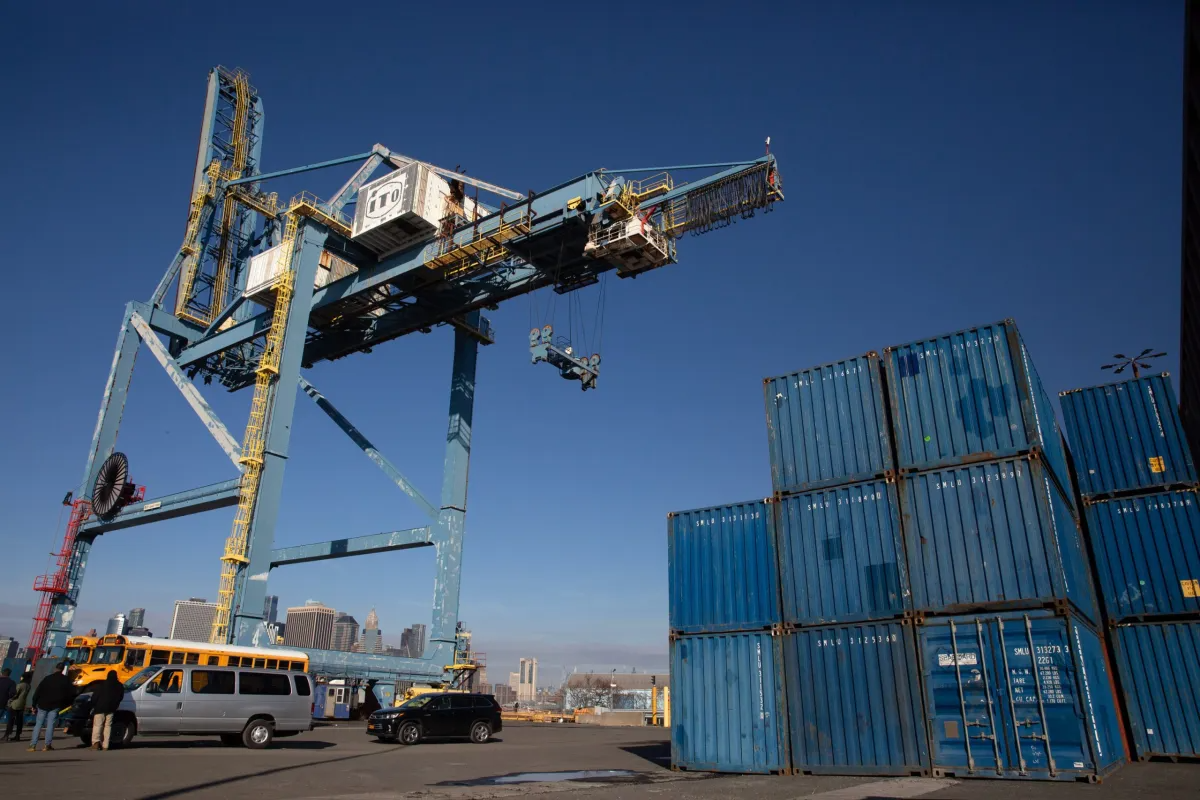Pyrrhic Victory for Green-wood's Minerva
The New York Times is reporting (a few days after a local publication picked up the story) that Green-wood Cemetary has agreed to stand aside and not try to block the construction of a new condo building at 614 7th Avenue by developer Chaim Nussencweig and architect Robert Scarano after the two sides agreed on…



The New York Times is reporting (a few days after a local publication picked up the story) that Green-wood Cemetary has agreed to stand aside and not try to block the construction of a new condo building at 614 7th Avenue by developer Chaim Nussencweig and architect Robert Scarano after the two sides agreed on a compromise to the design that will preserve the line of site, if not much else, between Minerva and the Statue of Liberty. Neighborhood activists are upset by the news, arguing that the revised plan still largely destroys what has been one of the greated views in Brooklyn and that there are no guarantees that developer won’t fink out on his agreement later on. We have to agree. Being able to see a glimpse of Lady Liberty through a small set-back is a pyrrhic victory. Hopefully, the Bureau of Standards and Appeals will reject the plan outright after the developer failed to get his foundation poured before the down-zoning deadline despite racking up several DOB violations in the process. Why the Bureau would cut this crew any slack is beyond us, but you never know what’s at play behind the scenes when politics and money intersect.
No Condos Between Goddesses [NY Times]
614 7th Avenue [Courier Life] GMAP





Linus, I will be the first to admit I have conflicting views on these issues. I think that is because development is a complicated issue. On the one hand: a need for housing (more affordable and low income than lux) vs the desire for some quality of life in a neighborhood that keeps what we all love about Bklyn in the first place. Above all of that looms money: developers with too much money and influence, greed, and us average incomed shlubs who just want a nice place to live. I’m not going to rehash Bed Stuy arguments here, because there is a difference between a 3 or 4 family building on an open lot in the middle of a block, and a large multi unit behemoth condo. Both presume that the buyer will take anything they can get, all other considerations aside, and that no one will object or say anything to the contrary. Some builders don’t think aesthetics matter to a customer and a neighborhood, and some don’t care if they did or not. Moscow suburbs on the Hudson, indeed, architecturally speaking.
Is the prevailing sentiment among developers “build it and they will come” as opposed to “build it because there is a need for it”? More than likely it’s a third: “build it, cuz we’re going to make another big pile ‘o money”. I’m open to any good ideas in this mess, and am old enough and realistic enough to know that aesthetics and preservation of neighborhood “soul” will lose to money everyday of the week. I just don’t think we have to just go quietly into the night and not fight is whatever way we can to at least have a say in our own futures.
David, I believe that Mark Twain said that “There are three types of untruths; lies, damn lies and statistics.” With the upper end of salaries so amazingly high in finance and big business, any average of all worker’s salaries is going to come out higher than is actually realized by a majority of real people. If most people in this city were actually doing that well, we wouldn’t be having a lot of the problems vis a vis haves/have nots that we do, and our local small businesses would certainly be doing better. Statistics can be manipulated to say anything about everything.
I seem to be at odds with you both, I hope we can find something to agree on soon.
so the developers are not selling to local people… and when the contraction comes, their customers, who are not local people, will be crushed… and the average local people will lose their homes… that they didn’t buy.
wha?
Someone posted about how can Sunset Park be a working class neighborhood if houses are selling for $800K plus. Well, too often, these houses are not selling to local people, and developers and real estate brokers who keep pushing the limits are making their profits now and will not be as crushed as their customers if the housing market contracts. Think of all the msiery in the early 90s–oh, you guys for the most part aren’t from New York and don’t remember people losing their houses and neighborhoods of average folk, not well-educated New Englanders and midwesterners, really suffered. Our government has lots of rules and regs to protect us, but developers thumb their noses at them with impunity and laugh at the the poor.
Oh and average Kings county wage was $665 weekly
The statiscs I cited on income were weekly wages – I dont have the underlying studies but I would take that to mean people who earn wages in Manhattan – not necessarily who live in Manhattan.
Again there is a million different data points and I only offer it to those that think that there is imminent shortage of people who can afford these new developments.
BTW an interesting subset is the average weekly wage of someone in the financial industry (Manhattan) is $5,680.
David, good point. If, as some people suggest, more “luxury” apts are being built than there is a market for, then they’ll become non-luxury in a hurry.
And Lost, etc. — btw I’m not advocating letting people build as high as they want wherever they want. I think the compromise we have here in Park Slope is good — even tho I live near 4th Avenue, where building up to 12 stories is now allowed. (Which I believe was the model for the SS/GH downzoning.) Downzoning’s fine if you can allow for the right upzoning too.
God help Brooklyn.
Sorry that last post is mine
Crown the state came from the Dept of Labor in larger context:
“Of the five counties comprising New York City, the average
weekly wage of workers in New York County, more commonly known as
the borough of Manhattan, experienced robust growth over the
year, rising 5.8 percent in the first quarter of 2005 to $2,025,
according to the U.S. Department of Labor’s Bureau of Labor
Statistics.”
Linus very well put – also I dont think it is necessarily so true that there is some permenant demarcation between “luxury” housing and “affordable” housing – it seems to me that a temendous amounts of non-subsidized housing (especially in outer boros) was originally built as luxury housing.